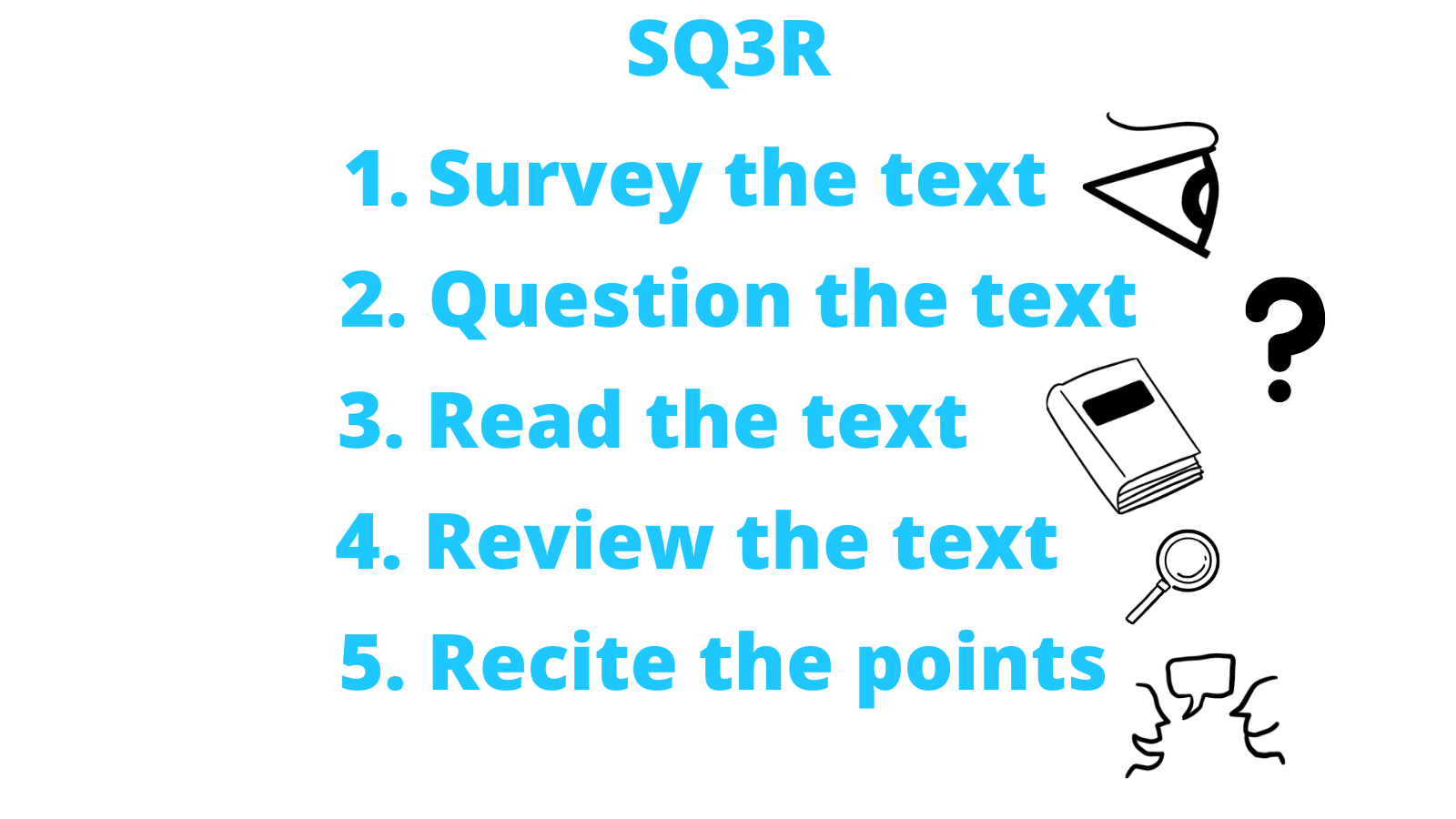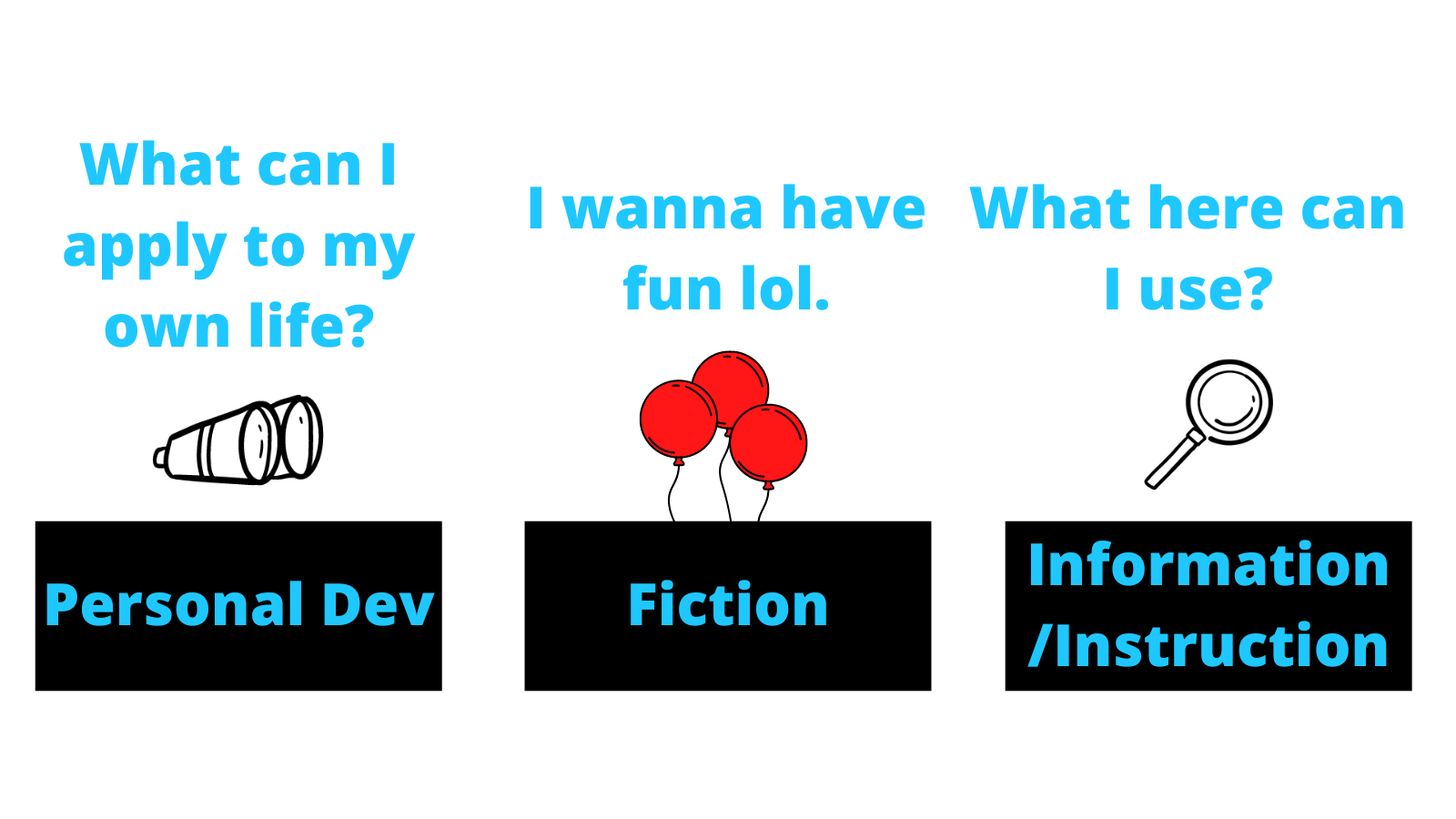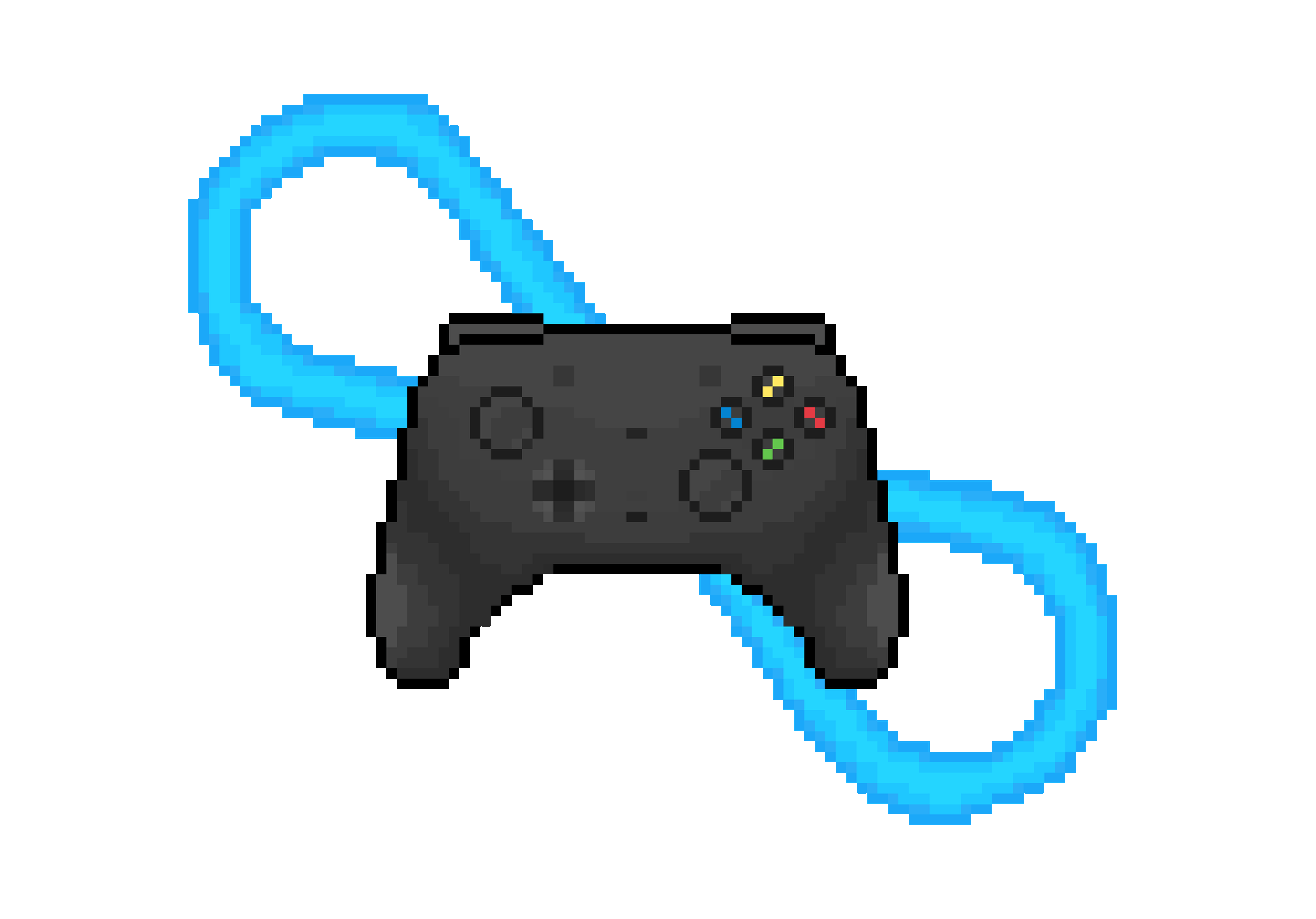⛈️How I Remember What I Read

If you read a lot like me, you know one of the hardest things to do is remember what you read. You read book after book, but after only a month can barely remember a few facts.
A couple of years ago, I decided to do something about this and started trying to actively remember what I read. In this blog post, I will take you down the eight stages I went through to get where I am today.
I have modeled the eight stages after social classes in the fantasy series by Brandon Sanderson, The Stormlight Archives, mostly because it's super cool. You should check it out if you're looking for a large chonker of a series rivaling The Lord of the Rings.
🕶️Simple Darkeye

In the first stage, I was a mere simple dark eye. I started at this level in January of 2021. As a Darkeye, I read like most people do.
I didn't take notes apart from an occasional highlight. I didn't create action items after reading books.
The issue is this is a passive form of learning. Passive learning doesn't take much effort and isn't effective at fostering memory or implementation. Some examples of passive learning are re-reading notes, skimming textbooks, or pleasure reading.
This is fine if you are reading for pleasure, and there is undoubtedly a case for not implementing or retaining everything you read, all of which I talk about in my video up here.
But at some point, I got sick of my Darkeyed existence and moved on to the second level of reading by enlisting into the Alith Kar army and becoming a Soldier in January of 2021.
🪖Soldier

As a soldier, I started highlighting and taking annotations while reading. To bring clarity to the process, I began using the SQ3R framework to help me. The framework is super simple.

Survey: First, you survey the text by glancing over the headings in a chapter to see the few significant points that will develop. Also, read the intro and final summary if a chapter has one.
Question: Then, turn the first heading into a question you want to answer through your reading.
Read: Next, start actively reading to answer the question.
Recite: After reading a chapter or section, look away from the book and try to recite the answer in your own words.
Review: Finally, after you finish reading, review your notes to get a birds-eye view of the points and their relationships by reciting the major subpoints of each heading WITHOUT looking at the book.
You can even use this technique with fiction by asking yourself throughout a chapter what the author is trying to say and what symbols, patterns, or character development you notice. Then at the end of the chapter, you can summarize in your head what happened.
This framework is simple but not easy. It turned my passive reading sessions into active ones by forcing me to be more intentional with how I read.
I no longer can just scan a text. Plus, the SQ3R framework gives me ideas for what to put in my annotations. If you want to learn more about how I highlight and annotate while reading check out my blog post on the subject.
What if I'm listening to an audible book or podcast? I like to pause every 5-15 minutes and recite the points that resonated with me most. Then, after I finish listening, I will jot down three to five big takeaways or action items inside a notes document.
This was me from January of 2021 until March of 2021, when I reached stage three of my reading journey by becoming an aspiring light eye.
❤️🔥Aspiring Light Eye

As an Aspiring Lighteye, I started conversing with others about my reading. Conversing is one of the best ways to remember what you read because it forces you to distill ideas from your books outside your reading sessions.
My favorite method of conversing is through a teaching strategy called the Feynman Technique. The Feynman Technique is a technique developed by phenomenal lecturer Richard Feynman. He believed you only truly know something if you can explain it to a five year old.
Using the Feynman Technique, I started talking about ideas from books that resonated with me in the most distilled form possible. If the other person thinks I'm speaking bananas, I know I don't understand the concept or remember the book well enough.
This doesn't have to be only with friends or family. Aspiring Lighteyes can join a book club in their area or online through Discord, Goodreads, or some other platform. You could even create your own. For example, I'm starting a book club at Cornell University next semester because there isn't one for undergraduate students.
From March 2021, I remained an Aspiring Lighteye until, in June of 2021, I reached stage four of my reading journey by getting full Lighteyed status.
👀Lighteye

As a Lighteye, I started to read books differently depending on the type of book. By this stage, I had read so many books I realized I should read some books differently than others. Different books have different types of information I wanted to remember.
I started to divide books into three major types:
- Personal Development
- Informational/Instructional
- Fiction/Sci-Fi/Fantasy/Manga
When reading personal development books, I ask myself what I can take from the book and apply to my own life. Because of this, my highlights and annotations are much more personally applicable.
When reading informational/instructional books, however, I'm looking for key pieces of information I can make actionable or include in a future project like an article.
Finally, for Fiction/Sci-Fi/Fantasy/Manga books, I generally read more for enjoyment and as a break from other things in my life.

In addition to reading differently based on information, Lighteyes read books in four different levels discussed in How to Read By Mortimer J. Adler, which I have an entire book summary of in my Book Squad playlist.
The first level is elementary reading, the reading most of us learn in Elementary school. In mastering this level, one goes from nonliterary to beginning literacy. You learn to acquire initial reading skills, learn the rudiments of reading, and figure out what a passage says. I generally use this level for more accessible Fiction/Sci-Fi/Fantasy/Manga books I don't want to put in much effort for.
Adler explains that the first level of inspectional reading is systematic skimming or pre-reading. At this level, the main goal is to learn if the book is worth a more in-depth read. You do this by reading book summaries and scanning chapter headings, subheadings, introductions, and conclusions.
The second level of inspectional reading is superficial reading, the art of reading at different speeds based on the text. Sometimes, while reading, you will want to skip over vast amounts of text or skim for the general gist. Other times, if you are reading a dense science book like Thinking Fast and Slow or The Selfish Gene, you will want to slow down and soak in everything you are reading.
The third level of reading is analytical reading. This involves analyzing a book by asking and answering four main questions while you read: what is the book about as a whole? What does it say in detail, and how? Is the book true in whole or in part? And what is the meaning of life? I'm kidding; the last question is, why does the book matter?
Adler explains that the last and most challenging reading level is Synoptical reading, reading a series of books on one topic or idea and analyzing where they differ to reach a more informed conclusion.
Many authors have contrasting or conflicting views of things. Therefore, reading only one book on a topic can lead to biased and one-sided thoughts. We will discuss more of this reading level in the last stage of my reading journey.
Being a Lighteye was cool, but I noticed over time that nothing made me go back through my highlights and annotations from books I read. So in June of 2021, I progressed to the next reading stage by rising in the Lighteye ranks and becoming a Battalionlord.
⚔️Battalionlord

As a Battalionlord, I created a systematic system for collecting and reading my highlights and annotations using Readwise.
Readwise is a sick app that collects highlights and notes from the various books, podcasts, articles, or other things you consume. Then it sends a random 5-15 to you every day through an email. Even cooler, Readwise lets you create flashcards out of these highlights, allowing you to apply spaced repetition and active recall techniques to your reading.
For the first few months after downloading Readwise, I was religious about reading the daily highlight email. But as the months went by, I started looking over them less and less.
I realized the daily highlight email was a bit passive for my liking, and in March of 2021, I moved on to stage six of the reading journey by getting a shard blade and becoming a Shardbearer.
Get a full 60 days of Readwise free by signing up using my affiliate link.
🪄Shardbearer

As a Shardbearer, I started to export my Readwise highlights into Roam Research, my notetaking system. Then I began to create book summaries out of these highlights.
Writing book summaries forced me to synthesize my ideas into a coherent and logical flow. I won't lie. It takes lots of time and effort.
But I noticed every book I wrote a summary for, I remembered way better months or years down the line. Luckily, you don't have to write a super chunky book summary for every book. You can do more or less depending on how much the book resonates with you.
For most books I read entirely, I make a summary by answering a set of template questions in Notion that I have linked in the description.
The template makes me write the book's main ideas in three sentences: my impressions, who else I think should read it, how the book changed me, and my top 3 quotes. Here's an example of my book summary for In Defense of Food by Michael Pollan.
Answering these simple template questions makes me engage with a book more deeply than simply reading it. But for the books I find particularly lifechanging, I go through the extra effort of creating a long-form book summary. These are longer summaries, around 3-15 pages, that contain more of my thoughts, reflections, and references to other books I have read.
I detail my entire process for creating long-form book summaries in the article I have linked below.
Some books I have done this for in the past are Actionable Gamification, Antifragile, Sapiens, Subtract, and The Art of Reading which you can check out under the book summaries tag on my website and in my video Book Squad series on the channel linked up above.
Creating book summaries changed my life in two major ways.
First, it creates intermediate packets, past work which form the building blocks of future projects. This leads to a beautiful compounding effect. My past writings make new projects easier, creating more writing and adding to my total number of intermediate packets for future projects. As a result, I start some projects at 80% completion without even realizing it.
Second, book summarization let me benefit from intellectual phase transition. This is the uniqueness your book summary shows compared to the original book because you came at the book with a unique set of experiences, education, place of residence, relationships, and genetics compared to the author and other readers.
Being a Shardbearer was a big step up, but in August of 2021, I moved to stage seven of the reading journey by getting land and an army, becoming a Highprince.
🤴Highprince

As a Highprince, I started to create content from my book notes and book summaries more intentionally. I make YouTube videos, blog posts, courses, and email newsletters.
Creating content benefits me in three major ways.
Like the Feynman technique, content creation forces me to distill what I have learned into its fundamental parts. This helps me understand it on a deeper level myself. And hopefully, in the process, I help others.
But even cooler, content creation allows me to create a serendipity vehicle. A serendipity vehicle is a magnet of ideas, people, and opportunities you didn't even know existed that begins when you start distilling and repackaging ideas into digestible and insightful forms on the internet.
Creating content has led me to meet tons of awesome people like my YouTube accountability group I formed after joining Cohort 4 of the Part-Time YouTuber Academy. I even got to meet some of them physically during a physical meet-up in London on the 13th of May, 2022.
I have started to get people in real life and online telling me my content has changed their lives. It's an otherwordly feeling.
Finally, creating content makes it possible for your reading habit to make you money. The internet is starving for good content. We live in a paradox of abundance. The amount of terrible information is getting higher while the quality of good information is improving. If you can find a way to distill your readings in a way that is interesting to others, you can make a passive income stream online.
Many influencers I know built the foundation of their internet persona off of creating book summaries. Go on Nat Eliason's, Ali Abdals, Thomas Franks, and James Clear's websites, and you will see each of them has a page for book summaries.
I remained a Shardbearer until, in May of 2022, I finally entered the last reading stage by becoming a full Knights Radiant.
🌞Knights Radiant

As a Knights Radiant, I started to undergo deep learning projects on topics I was interested in. Deep learning projects, similar to the Synoptical level of reading mentioned earlier, are in-depth explorations into new topics I want to learn more about.
They comprise a series of books written by different authors to give varying perspectives.
Deep learning projects take more time and effort than anything else we have discussed. But every time I have done one, I have come out with a vastly greater memory and understanding of what I read.
Some of the past deep learning projects I have done were on Personal Knowledge Management, Gamification, Fasting, and Nutrition Science.
Looking at my reading journey as a whole can seem daunting. But look at how long this took me! Over a year of hard work. You won’t progress to a Knights Radiant in one swoop.
You don't have to get to stage eight at all. If you can get to stage six and create short book summaries from what you read using my Notion template, you are doing better than 99.9% of people.
Stage six isn't that hard. You are essentially doing what you have been doing since primary school, writing down your main thoughts on a book after reading it.
If there is one regret I have from my high school years, it’s that I didn't start going through this reading journey earlier. I have barely been doing it for more than a year, and my life has changed drastically. In 10 or 20 years time, I can't imagine the treasure trove of knowledge I will have.
There is another thing I wish I had started doing in high school as well: Personal Knowledge Management. This is the act of capturing knowledge and fostering it over time for creative acts. It's the workflow I use to remember, implement, and create content from what I read.
If you don't know what PKM is and what to learn more, check out my Beginners Guide to Personal Knowledge Management. If you know what it is or are up for a challenge, check out my In-Depth Workflow playlist, where I go through the nitty-gritty of my systems for doing things in my life. Many involve how I take notes and create content from the books I read.
Thanks to Astrid Helfant for the conversations which helped form this blog post.
